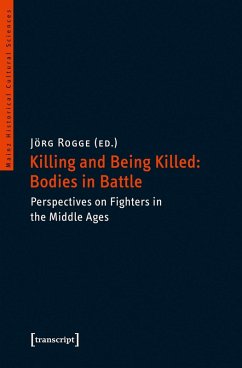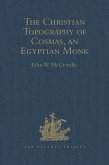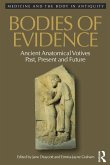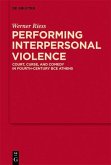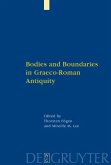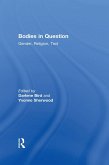What bodily experiences did fighters make through their lifetime and especially in violent conflicts? How were the bodies of fighters trained, nourished, and prepared for combat? How did they respond to wounds, torture and the ubiquitous risk of death? The articles present examples of body techniques of fighters and their perception throughout the Middle Ages. The geographical scope ranges from the Anglo-Scottish borderlands over Central Europe up to the Mediterranean World. This larger framework enables the reader to trace the similarities and differences of the cultural practice of "Killing and Being Killed" in various contexts. Contributions by Iain MacInnes, Alastair J. Macdonald, Bogdan-Petru Maleon, and others.

